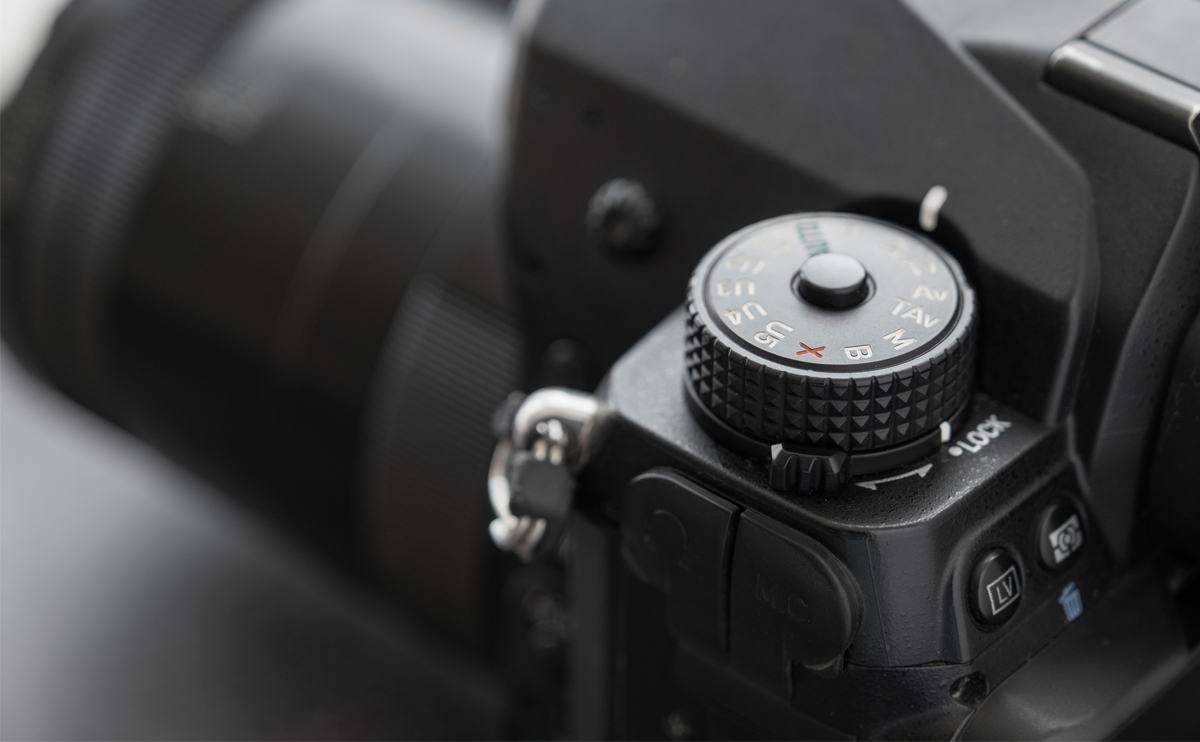Introduction: When it comes to photography, the lens you use plays a crucial role in determining the outcome of your shot. Different lenses are designed to capture specific types of scenes, and understanding their characteristics is key to mastering your craft. In this guide, we’ll break down the different types of lenses and how each one can be used effectively.
Types of Lenses:
- Standard Lenses (50mm)
- Often referred to as “nifty fifty,” a 50mm lens is one of the most versatile and affordable lenses. It offers a field of view similar to the human eye and is perfect for portraits, street photography, and general photography. With a wide aperture, it also performs well in low light.
- Wide-Angle Lenses
- Wide-angle lenses, typically in the range of 14mm to 35mm, allow you to capture expansive landscapes or large groups of people. They are ideal for architecture, real estate photography, and travel photography. The wide field of view makes them great for capturing dramatic skies, cityscapes, and interior spaces.
- Telephoto Lenses
- Telephoto lenses (70mm to 200mm or more) allow you to capture distant subjects with ease. They’re excellent for wildlife, sports, and portrait photography. A longer focal length can also compress the perspective, making objects appear closer together, which can create unique artistic effects.
- Macro Lenses
- Designed for extreme close-up photography, macro lenses allow you to capture tiny details like flowers, insects, or textures. They offer very high magnification, which makes them perfect for shooting small objects in their true proportions.
- Zoom Lenses vs. Prime Lenses
- Zoom Lenses: These lenses offer the ability to adjust the focal length, allowing you to get closer to your subject or widen the view without physically moving. While versatile, they may not always offer the same sharpness or low-light performance as prime lenses.
- Prime Lenses: These lenses have a fixed focal length, meaning you have to move physically to frame your shot. However, they often have wider apertures (f/1.2, f/1.4) and provide better image quality, especially in low light.
Conclusion: Understanding the different types of lenses and their uses will help you choose the best lens for your specific photography needs. Whether you’re shooting landscapes, portraits, or macro photography, the right lens will make all the difference in achieving your desired results.


